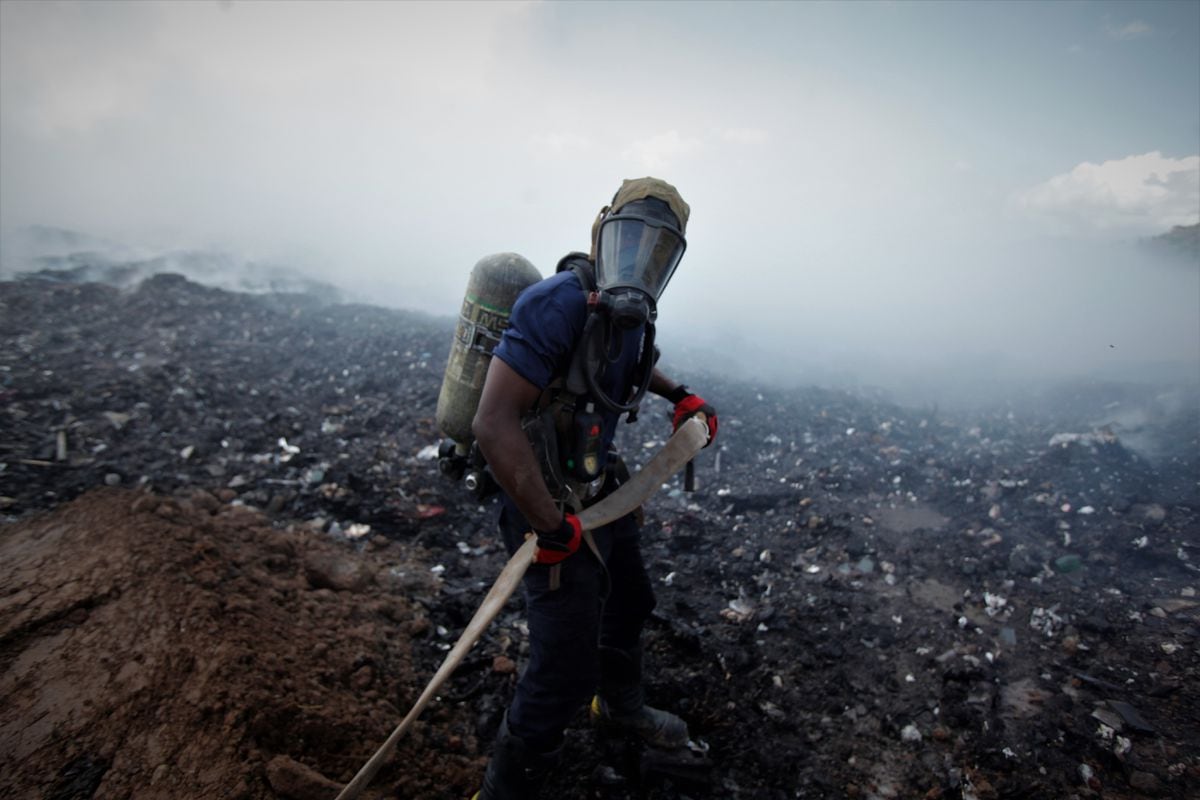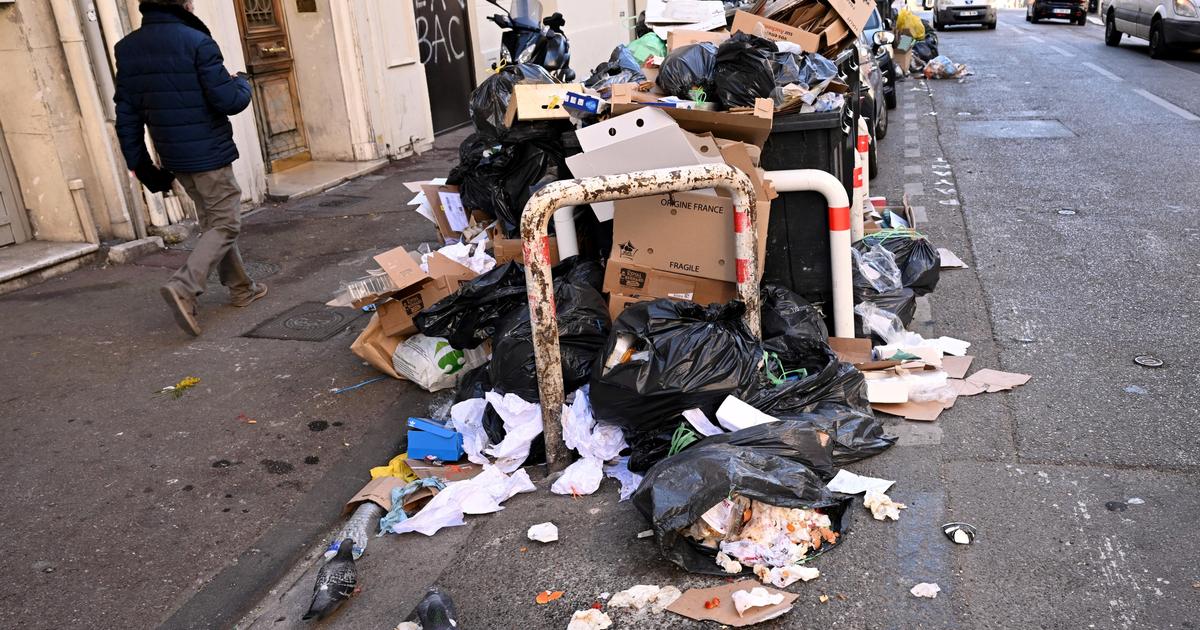Enlarge image
Crew members remove fishing nets and trash from the North Pacific during an expedition
Photo: Ocean Voyages Institute/ZUMA Wire/IMAGO
The "North Pacific Garbage Patch" is probably one of the best-known garbage patches in the world.
Tens of thousands of tons of plastic waste are floating in the North Pacific.
Researchers have now examined samples and found that a large part of the waste comes from fishing companies and is created directly at sea.
The study by the organization The Ocean Cleanup was published in »Scientific Reports«.
In 2019, the scientists recovered over 6,000 pieces from the sea that were more than five centimeters in size.
"The rubble was later sorted, counted, weighed and examined for its origin and age," writes the team.
The results were incorporated into mathematical simulations and supplemented by findings from previous missions.
The result: including the mass of floating nets and ropes, between 75 and 86 percent of the floating plastic mass in the North Pacific Garbage Patch can be traced back to fishing.
Most parts unidentifiable
According to the study, some important information about their use and origin could be found on the parts.
The language or the company name could be identified on 232 plastic parts: accordingly, Japan and China each accounted for about a third of the waste, a tenth for Korea, followed by the USA and Taiwan.
This means that five industrialized fishing countries are responsible for most of the floating plastic parts - underlining the important role of the fishing industry in solving the problem.
"This research greatly advances our understanding of the Great Pacific Garbage Patch," said Matthias Egger of The Ocean Cleanup, according to a statement.
“To solve the problem, we must understand it.
Knowing where the plastic came from is essential to our cleanup efforts and the efforts of other organizations.”
However, most of the recovered parts were unidentifiable.
The researchers identified fishing gear as the second most common category of items collected, such as fish boxes or spacers from oyster farming, while floats and buoys accounted for only about 3 percent, but are quite large.
Spacers from oyster farming can easily be attributed to fishing, while boxes or buckets could also come from land or other maritime activities.
The Ocean Cleanup is an organization that claims to develop and disseminate technology to rid the world's oceans of plastic.
an



/cloudfront-eu-central-1.images.arcpublishing.com/prisa/NIFZFFYBFVAU5FVWDHC43ESC5M.jpeg)











